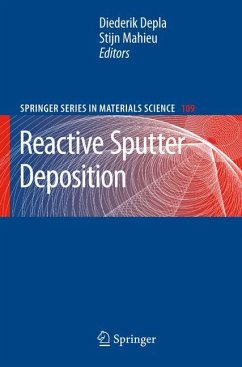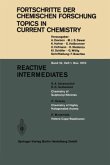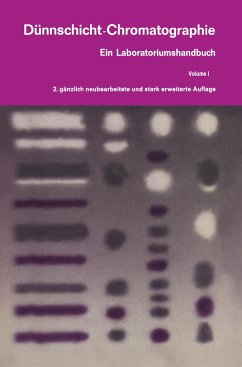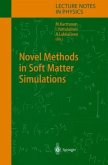In this valuable work, all aspects of the reactive magnetron sputtering process, from the discharge up to the resulting thin film growth, are described in detail, allowing the reader to understand the complete process. Hence, this book gives necessary information for those who want to start with reactive magnetron sputtering, understand and investigate the technique, control their sputtering process and tune their existing process, obtaining the desired thin films.
The most straightforwardmethod to change the surface properties of a ma- rial is to deposit a thin ?lm or coating on it. Hence, it is not surprising that an overwhelming amount of scienti?c and technical papers is published each year on this topic. Sputter deposition is one of the many so-called physical vapour deposition (PVD) techniques. In most cases, sputter deposition uses a magnetically enhanced glow discharge or magnetron discharge to produce the ions which bombard and sputter the cathode material. In the ?rst chapter of this book (Chap. 1), the details of the sputter process are discussed. Essential to sustain the discharge is the electron emission during ion bombardment. Indeed, the emitted electrons are accelerated from the target and can ionize gas atoms. The formed ions bombard again the target completing the s- taining process. A complete chapter is assigned to this process to highlight its importance (Chap. 2). Although the sustaining process can be described quite straightforward, a complete understanding of the magnetron discharge and the in?uence of di?erent parameters on the discharge characteristics is onlypossiblebymodelling(seeChap.3).Withthesethreechapters,thereader should be able to form an idea of the target and plasma processes occurring during a DC magnetron discharge.
Hinweis: Dieser Artikel kann nur an eine deutsche Lieferadresse ausgeliefert werden.
The most straightforwardmethod to change the surface properties of a ma- rial is to deposit a thin ?lm or coating on it. Hence, it is not surprising that an overwhelming amount of scienti?c and technical papers is published each year on this topic. Sputter deposition is one of the many so-called physical vapour deposition (PVD) techniques. In most cases, sputter deposition uses a magnetically enhanced glow discharge or magnetron discharge to produce the ions which bombard and sputter the cathode material. In the ?rst chapter of this book (Chap. 1), the details of the sputter process are discussed. Essential to sustain the discharge is the electron emission during ion bombardment. Indeed, the emitted electrons are accelerated from the target and can ionize gas atoms. The formed ions bombard again the target completing the s- taining process. A complete chapter is assigned to this process to highlight its importance (Chap. 2). Although the sustaining process can be described quite straightforward, a complete understanding of the magnetron discharge and the in?uence of di?erent parameters on the discharge characteristics is onlypossiblebymodelling(seeChap.3).Withthesethreechapters,thereader should be able to form an idea of the target and plasma processes occurring during a DC magnetron discharge.
Hinweis: Dieser Artikel kann nur an eine deutsche Lieferadresse ausgeliefert werden.








